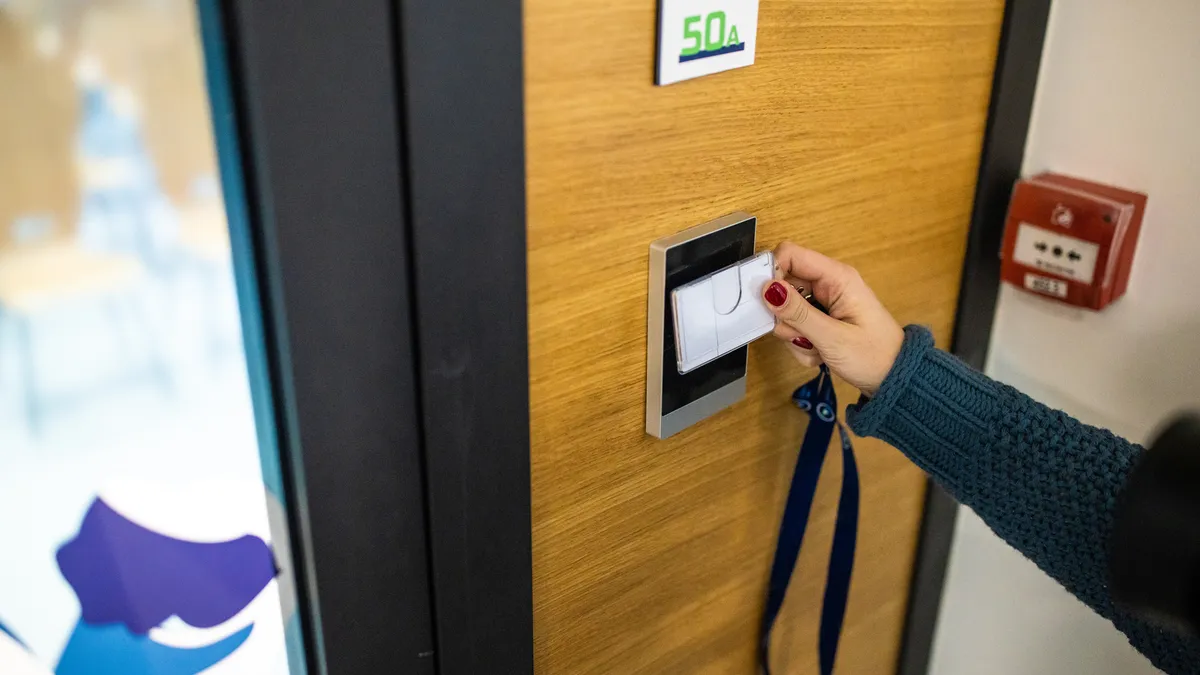Recent reports of workplace violence — coupled with an increase in certain violent crimes, generally — mean it’s time for employers to update their workplace violence prevention and mitigation plans, according to one expert.
The last few years have brought a jump in homicides, Daniel R. Pascale, executive vice president at Margolis Healy and Associates, pointed out in an August 3 webinar. And sadly, he said, “we’re going to see that spill into the workplace.” Margolis Healy is a professional services firm that specializes in safety; the company is an ancillary business of law firm Cozen O’Connor.
In his work with employers, Pascale said he has identified a number of shortcomings in violence prevention plans. He offered webinar attendees tips for updating their plans and procedures.
Update protocols affected by technology
Technology has evolved such that employers cannot rely on workplace safety plans drafted 10 years ago, Pascale said. Company plans often called for reliance on tools like pay phones or worksite landlines, for example. Employers must go through their facilities, he said, and rewrite policies with today’s tech landscape in mind.
Similarly, cybersecurity protocols should be updated, he said. Strong cybersecurity practices can protect personal employee information, access to facilities and more, those in the industry have said.
Add hybrid work risks
The increase in remote and hybrid work driven by the coronavirus pandemic also necessitates a shift in how employers think about workplace safety, Pascale said.
There are the obvious risks: Some employees are on video calls with co-workers or clients all day, with the contents of their home on full display. Some have work-related packages arriving to and shipping from their homes daily, meaning a range of couriers know where they work and that they’re shipping legal documents or IT hardware. And employee attendance at the office is less structured, creating opportunities for door-locking protocols or visitor sign-in rules to fall by the wayside. It’s crucial that employers consider ways to mitigate these new challenges and strictly enforce any rules adopted.
But there also are more abstract risks, Pascale said. There are fewer opportunities for employees to socialize and build foundational relationships. Some co-workers will never meet in person; “they’re going to lose the traditional watercooler conversations and really the trust [...] that you build when you work with somebody closely,” he said. Employers may need to consider ways to close that gap.
Conduct de-escationation and active assailant training
Finally, employees should know how to “lower the temperature” in situations that could escalate into violence, Pascale said. Employers cannot expect that workers will know how to handle an employee or co-worker who is screaming, for example; they need training on when and how to create distance between people, when to reach out for help and ways to ensure they remain physically safe, Pascale said. This is particularly important for the healthcare and retail industries, he added.
The same goes for active assailant training, Pascale said. Such efforts empower employees, teaching them what action is best for them, he continued; “That is a baseline minimum that we can provide. You can do that by hiring someone to do it. You can do it by buying a video. You can do it by bringing in local law enforcement who will do it for you at no cost. [It’s] very easy to do.”
And it’s crucial that an employer address workplace violence training on the same level it does all other skill sets it needs, he continued, adding that even a small organization should show it understands its responsibility to provide a safe environment, it has a plan in place and it will invest time to train workers on it.













